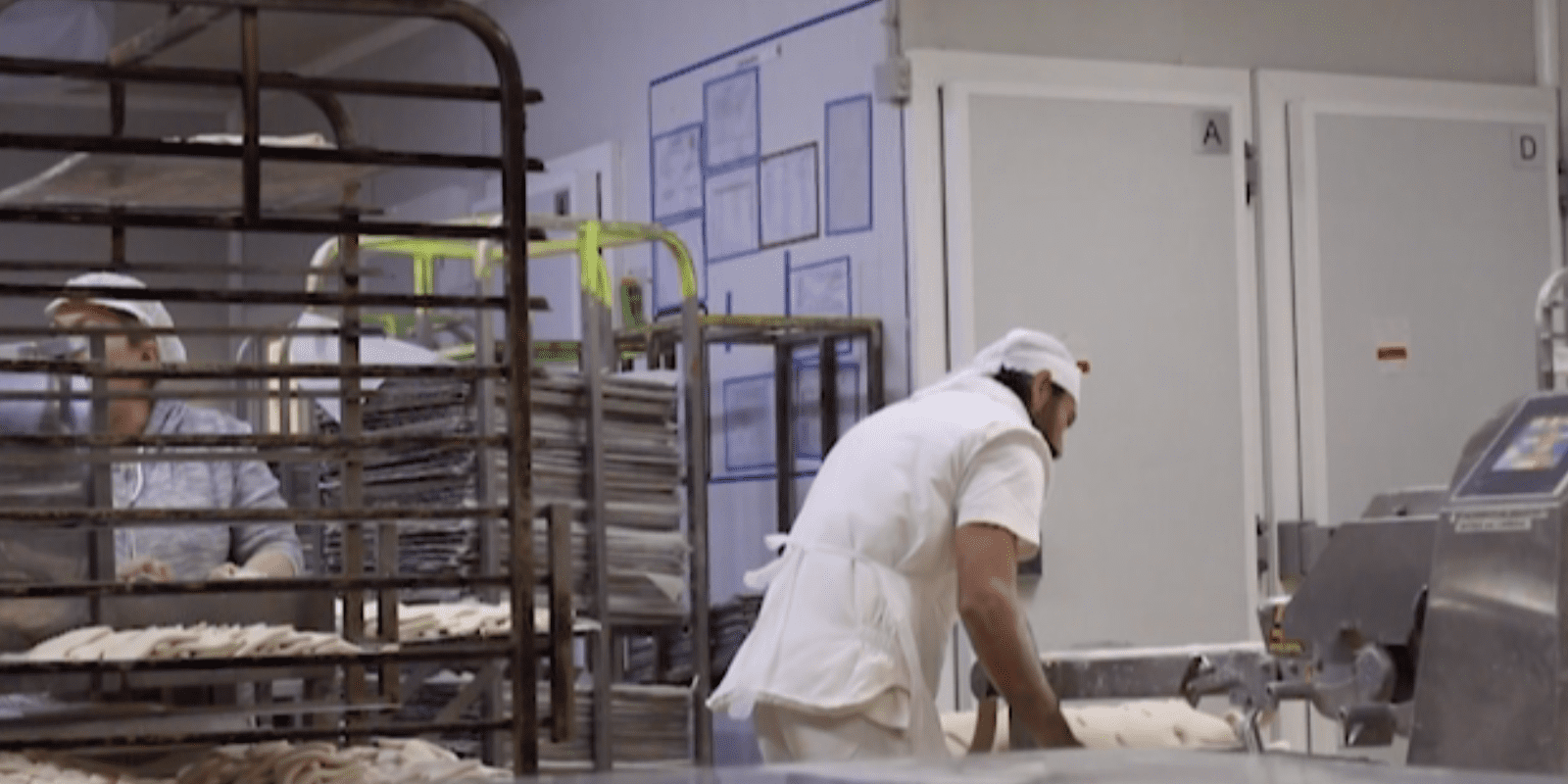
What it really takes to properly practice PDCA
FEATURE – In lean, we talk about PDCA all the time… but do we actually practice it as we should? The authors discuss what makes for successful continuous improvement.
Words: Drew Locher, lean author, coach and President of Change Management Associates; Bethany Foy, Continuous Improvement Leader at Ohio Mutual Insurance Group; and Mike Merrick, Lean Manager at RAB Lighting.
Have you ever come across a "To Do–Doing–Done" board?
This popular visual device involves three columns. An idea for improvement is posted under the To Do column (often with a “vetting” process for new items to decide whether to proceed or not with each); it is moved to the Doing column when action on the item begins; ultimately, it is moved to the Done column when the action has been completed.
Simple enough, right? Yet, this practice doesn’t always hold up on closer scrutiny and questioning, and following up on the supposedly “implemented” changes by going to see often reveals several issues.
In our minds, this reflects the common lack of understanding of what is required in an organization to really create a culture of continuous improvement – that is, the development of problem solving capabilities by means of PDCA (Plan-Do-Check-Act). Even though many firms now talk about “practicing” lean rather “implementing” it, it is still all too easy to encounter companies that fail to see and, therefore, take advantage of the myriad opportunities for development that present themselves every day on the job.
So, some of the changes off the To Do–Doing–Done board and presumed implemented are often not adopted by the people performing the work. In some cases, they did not accept the changes (as the saying goes, “Old habits die hard”). Procedures might be updated to reflect the changes, but that alone is insufficient to create and sustain new standards – the objective of the Act part of PDCA. Other changes can be adopted, but with significant problems. For example, no one returns to the area impacted by the changes to adequately “check” that these are being impactful (the practice of “Plan-Do-Act” is still widespread). Other changes are planned for but never fully implemented, often to the surprise of management. “Plan-Do” is also quite common still.
What this tells us is that properly practicing PDCA is still difficult for many organizations.
While the practice of PDCA is common sense, the discipline to “check” on what has been done to assess the impact goes against most humans’ habits. People like to get things accomplished, mark tasks off a list, and power through goal-setting without realizing the compounding effect of poor PDCA discipline. One of us (Bethany) is seeing the practice of PDCA becoming more apparent in her organization (Ohio Mutual Insurance Group), even though it is fairly new to the use of lean concepts and to problem solving. A recent improvement effort in the Claims department, for instance, has led to the introduction of a new standard for processing special investigations. The lack of a standard process resulted in overproduction of report ordering, non-value added paperwork, and no clear visibility of the process and how to manage it. The Claims department didn’t just introduce the new standard, however, but also checked on it to identify potential unforeseen conditions, unrealized consequences, and performance metrics that needed adjustment. The standard is constantly evolving, with the “complete” practice of PDCA providing good results.
ALWAYS GO SEE WHEN PRACTICING PDCA
As seen in the examples above, a common missing element is for managers, supervisors, and anyone else involved in the change to go see. This fundamental lean behavior must be practiced throughout the PDCA process, not just at the beginning. To go see is necessary to grasp current conditions, gather facts from the process, and to generally learn what is really happening (all part of Plan).
It is equally important to go see when changes are made and experiments begin (the Do phase). Leaders need to be supportive of the changes being trialed, identify real obstacles, and lend assistance where necessary.
There’s more: how else can we “check” if we do not go see at the gemba? We certainly can’t do that effectively from meeting rooms or the boss’s office. There is really no other way to truly learn from the change or experiment, but to personally go see it in practice.
Even during the Act phase, a strong dose of go see is required. There is no other way to be assured that the changes made, the effects of which were verified, are sustained over time and become the new norm.
MORE THAN JUST GETTING THINGS DONE
Observing discussions about particular ideas or problems noted on the boards can be eye-opening. The focus of these discussions is too often tactical in nature. “When can we make that change?” “Who do we need to get involved?” “How much will it cost?” A consequence of this tactical approach is that quick decisions are often made on whether to follow through on a suggestion or not, especially when managers strive to respond to people’s suggestions in a timely manner.
That’s when, as lean coaches, we normally begin asking questions. “What problem are you trying to solve with your suggestion?” “How do you know this is a problem?” “How often does the issue arise?” “Help me understand how this idea can benefit you, the process, or the organization.” More often than not, the answers to such questions reveal there is no clear statement of the problem, little or no root cause analysis, and a vague idea of potential benefits. Seeing this happen again and again around several idea cards proves there is little consideration of PDCA thinking: while things are getting done (or not), we often see that a great opportunity for personal development is overlooked, with very little dialogue taking place with the initiator of the idea or suggestion to understand the thinking behind it. Whether an organization goes forward with an idea or not, each one represents an opportunity to assess the thinking behind it, and to provide important coaching of the individual.
One of us (Mike) has a great example of improper thinking, which he observed at the organization he works for as lean manager (RAB Lighting). Department heads were leading their team members incorrectly through the 5 Why process to determine root causes. This resulted in blaming other departments, countermeasures that didn’t address the real cause of the problem, as well as information missing from the Check stage. Blaming other departments is not effective root cause analysis, as was made evident by the Root Cause–Countermeasure (RCCM) form used to assist the teams with the process, which is then posted on each department’s daily management board. RAB Lighting has been coaching managers on this.
Despite the difficulties, sometimes the teams get it right. One such example is a recent effort by the Accounts Receivable department at RAB Lighting, which started with a solid problem statement – “30% of all credits need rework due to incorrect or missing Purchase Order (PO) numbers referenced by the Returns department”. The two departments then got together to perform the root cause analysis. One potential cause was the fact that Returns department staff didn’t know where to find the necessary information upon intake of a new return, or where to enter it. Training was provided to existing associates, and included in the onboarding process for new team members joining the department. As a result, defects were reduced by 57%.
IN CONCLUSION
We must always remember that there is a bigger game to be played when practicing continuous improvement. Yes, we want to make changes and achieve results, but we also want to develop the problem solving and process improvement capabilities of our people – after all, they want to grow, learn new things and improve their skills. We believe that doing so greatly improves the long-term prospects of an organization substantially. We have learned that whenever an opportunity to develop people arises it must be seized, and that we shouldn’t view a suggestion or idea simply as something to possibly do.
At Ohio Mutual, the practice of “proper” PDCA cycles has begun to demonstrate to employees that the culture of continuous improvement the company is seeking is validating their ideas and improvements. When PDCA is incomplete, opinions end up leading decision making, which in turn leads to missing targets, generating more waste, and disengaged employees.
What about your organization? Does its PDCA practice exhibit one of the gaps we have described in this article? If so, don’t despair… and remember that you can always apply continuous improvement to your continuous improvement.
THE AUTHORS



Read more


FEATURE - One big "introduction to lean" course isn't enough to teach people continuous improvement. Training, and therefore learning, must happen on a daily basis. Here's the Ten Commandments of lean training.


RESEARCH – Every advocate of lean with a skeptical boss has been asked “What’s the ROI of lean?” at least once. This landmark article explains that lean can indeed help us to achieve a superior ROI, so long as we view it as an all-encompassing strategy rather than a simple tactic.


THE LEAN BAKERY – In the fourth episode in our video series, the CEO of 365 explains how lean showed him that his business could grow (exponentially) without using any extra resources.


INTERVIEW - In this video interview, René Aernoudts, Michael Ballé and Dan Jones answer a few key questions on what's next for the lean movement.

